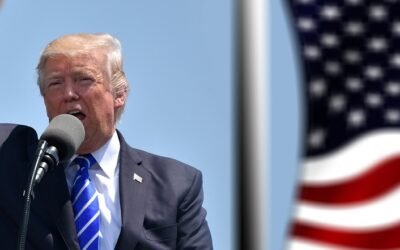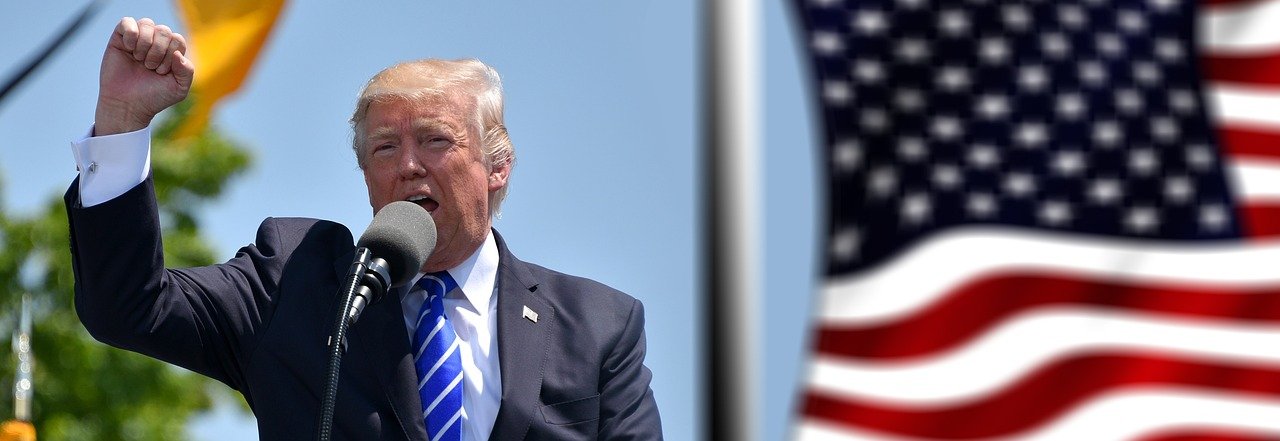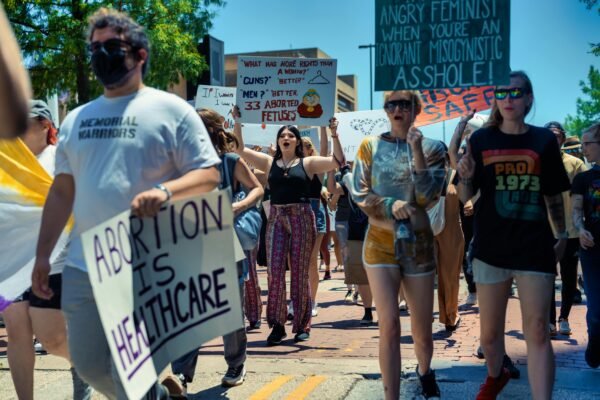

There has been significant controversy regarding moves made by the Trump administration to shrink the federal government. Because of this, there has also been reporting through the mainstream media on whether the President has the authority to make these changes without congressional approval. As usual, the sin of omission is the primary tool used to try to convince the American people that the president does not have this power, and that these moves are somehow illegal or unconstitutional.
This article will guide you through the factual information so you yourself can see how these claims are, in fact, bullshit.
Congress Has Given Significant Powers To The President
Over the centuries since the founding of this country, Congress has chosen to continually delegate their power and create agencies that invest power into the executive branch under control of the President. To have an informed opinion readers must first understand that not only was the President granted powers by the Constitution, the President was also granted significantly more power by Congress. It is only when particularly strong-willed Presidents come into office and begin to exercise their granted power do people start to take notice.
To understand what the office of the President can or cannot do, we first have to understand what powers the President currently has.
The President Has Full Authority Over Some Federal Agencies
At the head of the Executive branch sits the President as person responsible for all who fall under the domain of this branch. We can reference official White House archives from the Obama era to get clarification on this specific issue:
Under Article II of the Constitution, the President is responsible for the execution and enforcement of the laws created by Congress. Fifteen executive departments — each led by an appointed member of the President’s Cabinet — carry out the day-to-day administration of the federal government. They are joined in this by other executive agencies such as the CIA and Environmental Protection Agency, the heads of which are not part of the Cabinet, but who are under the full authority of the President.
This concise interpretation of the relevant sections of the constitution, from a Democrat controlled White House, confirms that the President does in fact have full authority over administration of the Federal Government to varying degrees.
So which agencies are subject to direct Presidential control?
We can once again reference White House archives, this time from the Biden Administration on which departments are directly controlled by the President and the Cabinet. There is a dizzying array of Federal Agencies that fall under the Presidential controlled agencies as follows:
- Department of Agriculture (USDA). Also includes the following: APHIS, AMS, FSA, FSIS, ARS
- Department of Commerce (DOC). Also includes the following: BIS, BRA, Census, EDA, ITA, MBDA, NOAA, NTIA, PTO, NIST, NTIS, OUS/EA
- Department of Defense (DOD). Also includes the following: Army, Navy, Marines, Air Force, DCSA, NGA, DIA, BMA, MDA, PFPA, DISA
- Department of Energy (DOE). Also includes the following: ANL, LLNL, FPF, as well as Nuclear Security Administration, and Offices of: Energy Efficiency and Renewable Energy, Electricity, Fossil Energy, Nuclear Energy, Loan Programs, Science, Naval Petroleum and Oil Shale Reserves, Secure Transportation, Legacy Management
- Department of Health and Human Services (HHS). Also includes the following: FDA, AHRQ, CDC, HRSA, Indian Health Service, ATSDR, NIH, SAMHSA, CMS, National Library of Medicine, National Cancer institute, ASPR, National Institute of Mental Health
- Department of Homeland Security. Also includes the following: USCIS, USCG, CBP, CISA, FEMA, FLETC, TSA, ICE, Secret Service
- Department of Housing and Urban Development . Also includes the HUD, FHEO, Section 8 and Public Housing Programs
- Department of the Interior. Also includes BLM, National Park Service, Bureau of Indian Affairs, Office of Mining Reclamation, Safety and Environmental Enforcement, Office of the Inspector General and others
- Department of Justice. Also includes ATF, FBI, DEA, US Marshals, FBOP, FCSC, NSD, Office of the Attorney General.
- Department of Labor. Also includes BLS, OSHA, NLRB, FLRA, BRB, OALJ, ARB, Women’s Bureau
- Department of State. Also includes many Bureaus relating to foreign affairs.
- Department of Transportation. Also includes the FAA, Highway Administration, NHTSA, FTA, Maritime administration and Federal Railroad administration,
- Department of Veterans Affairs.
This is not an exhaustive list but it gives the reader an idea of the sprawling monstrosity that is the Federal Government that falls directly under the authority of the President. Most readers can identify many of the three and four letter name agencies as they have become a topic of daily conversation for most Americans.
Some Agencies Are Independent
Distinct from the agencies that fall under direct control of the President are what are referred to as independent agencies. Agencies in this category include NASA, the FCC, FTC, CFTC and the National Labor Relations Board. These agencies were established by congress with the idea that they would operate with congressional oversight and not be subject to the President as the head of the agencies, despite being part of the executive branch.
Because of that, shrinking or eliminating these departments will be rife with legal hurdles. The President is likely to need congressional approval in order to make sweeping changes to these agencies.
The Answer Is: He Probably Can
The takeaway is that there are two types of Federal agencies that exist within the Executive branch. Within the agencies that fall under the Presidents jurisdiction, is is most likely legal and almost certainly constitutional for the President to resize these agencies as he sees fit. As for the other independent agencies, with a Republican controlled congress, it is likely that the President will be able to get approval from congress to make the necessary changes to trim the Federal workforce.




